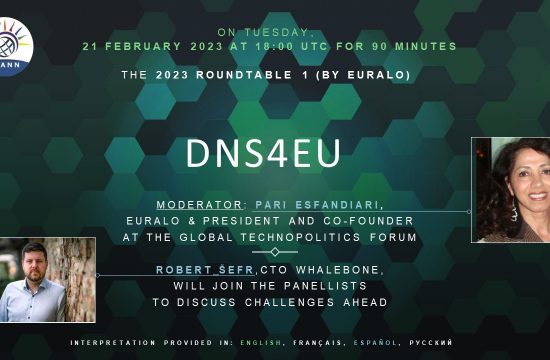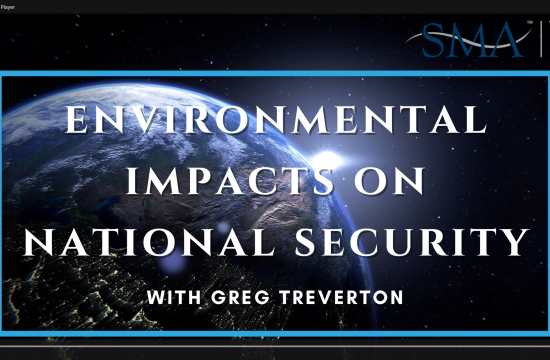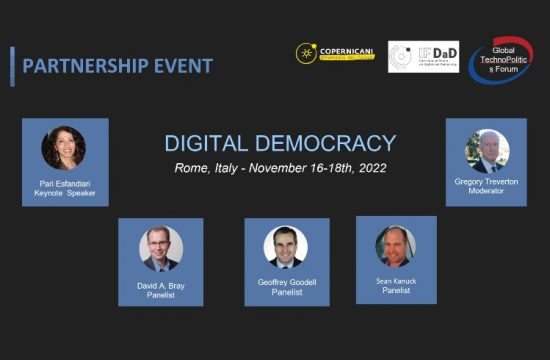The U.S. President’s decision to walk away from the Paris agreement is the subject of this in-depth inquiry by Pari Esfandiari and Lassi Noponen.
First Published at Dante Magazine
It had been long expected. Donald Trump had promised as much in his election campaign. Still, his July 1 announcement that he was effectively walking away from the main environmental accords sounded alarmed around the green world.
They had said he could not do so. On May 31, European Commission President Jean-Claude Juncker ridiculed the president and said there were legal reasons that he could not just walk out of the accord. Trump promptly walked out anyway, and so far no legal action has followed. So who was right? Let’s wind back.
“Our Common Future” by the United Nations Commission on Environment and Development was published in 1987. Also known as the Brundtland Report, it was a response to scientific concerns over potential catastrophe. It placed environmental issues on the political agenda and started a triangle of commitment from government, business, and the public that led to progress.
Now the president of the world’s largest economy, apparently (his critics say) with no admiration for science, no respect for facts, and no regard for our future, is set to halt this progress in exchange for a type of “Trumpian Future”; a scary prospect for many.
The Trump move, as said, comes as no surprise; his campaign promises and lifelong statements prepared the world for what was to come. Since his inauguration, he has followed through on his green promises at least, nominating climate skeptics and those with ties to the oil and gas industry to top positions. Trump proposed a 2017 budget that is aimed at crippling science departments at the Environmental Protection Agency by reducing its budget by 25%. A glance at policy changes – realized and anticipated – over the last six months as listed by Michael Greshko, Laura Parker and Brian Clark Howard in the National Geographic reveals this administration’s determination to deregulate and cut budgets. But, the anti-regulatory zeal of the Reagan and Bush appointees often backfired and spawned more onerous regulations. He will do well to take notice of that.
On June 1, Trump announced that the U.S. will “withdraw from the Paris climate accord, but begin negotiations to re-enter the Paris accord or a new transaction on terms that are fair to the United States”. He claimed that “even if the Paris Agreement were implemented in full, with total compliance from all nations, it is estimated it would only produce a two-tenths of one degree Celsius reduction in global temperature by the year 2100… Tiny, tiny amount.” Trump was citing MIT research in April 2016. According to Erwan Monier, one of the study’s authors: “Trump badly misunderstood the research… We certainly do not support the withdrawal of the U.S. from the Paris Agreement.”.
The silver lining to this decision is that it may have revived commitment to environmental progress within government, business, and the public.
Globally, a joint statement from the leaders of Germany, France, and Italy stated that “we deem the momentum irreversible and believe that the Agreement cannot be renegotiated”. Otherworld leaders who expressed dismay included those from Canada, Mexico, Japan, and New Zealand. Prime Minister Narendra Modi announced that India would go above and beyond the agreement. China’s state news agency Xinhua called the withdrawal “reckless.” British Petroleum’s chief economist Spencer Dale pointed out that “nearly all the improvement in (carbon reduction) comes from the developing world, it isn’t coming from OECD or America,” and that withdrawal is unlikely to have a direct impact on the expected decline in global carbon emissions.
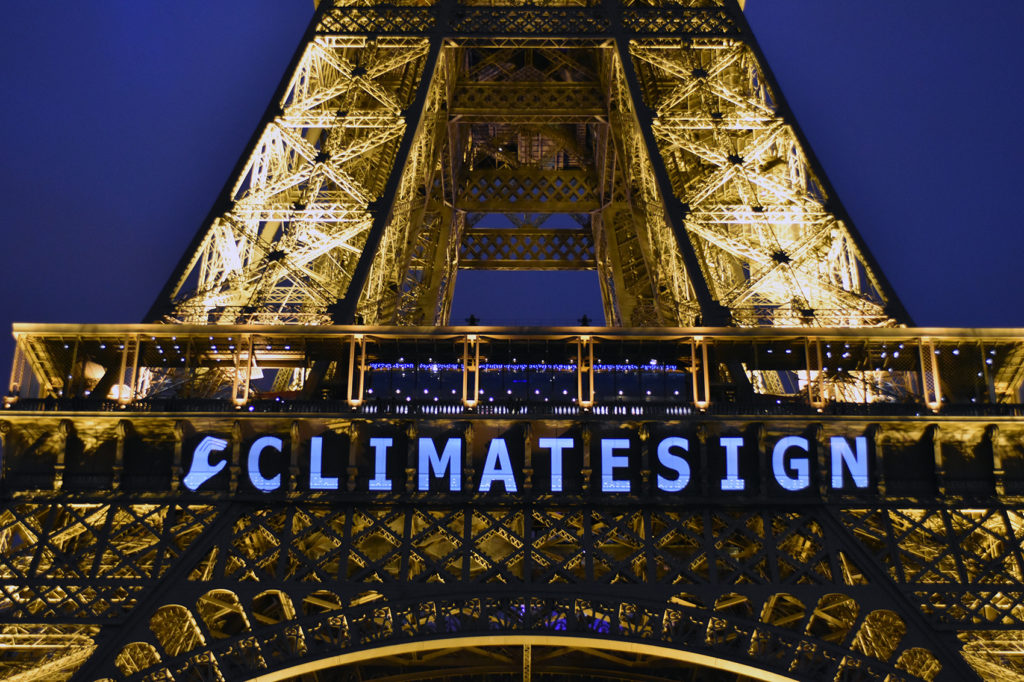
U.S. states and cities led the reaction. Mayors from more than 75 cities, including Los Angeles, New York City, and Chicago, promised to “intensify efforts to meet each of our cities’ current climate goals, push for new action to meet the 1.5 degrees climate target, and work together to create a 21st-century clean energy economy”. Governors from New York, California, and Washington formed a coalition to fight global warming. They said the three states represent more than 20 percent of the U.S. Gross National Product and at least 10 percent of greenhouse gas emissions in the country.
The business response to Trump’s move away from the Paris Agreement has also been strong. Elon Musk, Chief Executive of Tesla and SpaceX, promised to resign from his role on White House advisory councils. Other business leaders voiced their anger at Trump’s decision, including Disney’s CEO Robert Iger, Facebook Founder, and CEO Mark Zuckerberg, Apple’s Tim Cook, Google’s Sundar Pichai, and Twitter’s Jack Dorsey.
Historically, the business community has been defensive, reluctant, and a late-arrival to the environmental scene, often observing legal requirements only. A decade ago, many business leaders would have welcomed Trump’s regressive policies, which can lower costs and expand opportunities by reducing constraints.
The business sits at the center of the debate both as a cause of, and solution to, environmental degradation. As the engine of development, it uses the world’s non-renewable resources and produces emissions. At the same time, innovation can reduce resource use and pollution.
However, profitability remains a key objective for businesses. Companies have always been keen to observe and even go beyond legal requirements to embrace efficiency measures that reduce costs or generate government subsidies.
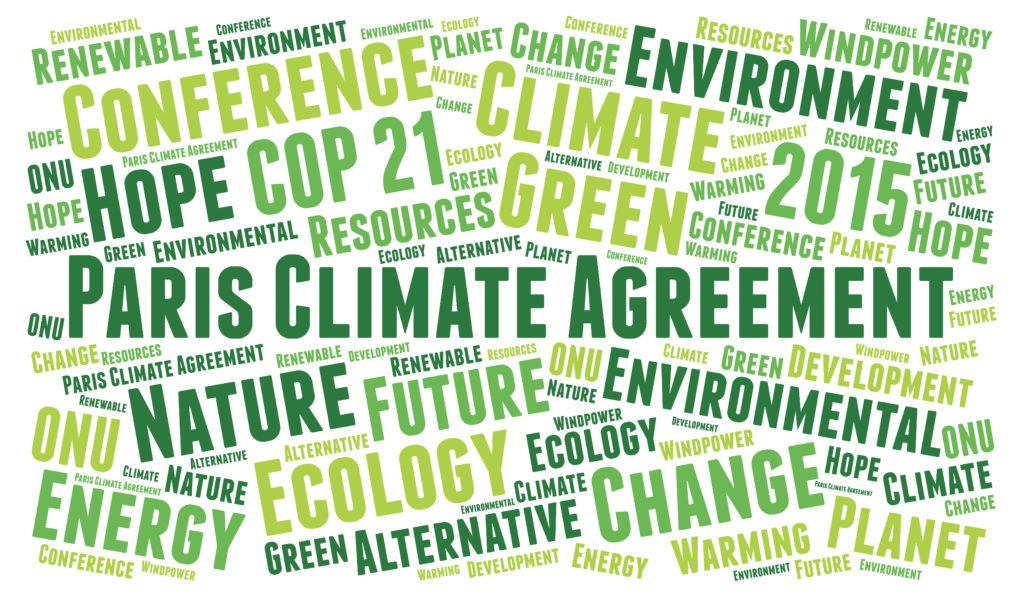
Market signals for green demand have also energized innovation and shifted the debate from efficient “footprint to handprint” and from operations to efficiency of products and services. Naturally, there has been increased interest from investors to understand the carbon impact.
The most obvious requirement for risky ventures in clean technologies is access to capital for heavy investment. One of the most common reasons a start-up fails to scale up and establish itself for prosperity is that its capital dries up too soon. Many great ideas met a fate of “cash famine” and sit in the trash cans of “big potential unrealized”. The investment community understands this dilemma and has been proactive. In November 2015, a group of more than 28 high net-worth tech business leaders announced the formation of the “Breakthrough Energy Coalition”, a multi-billion dollar fund to create a new clean energy mix. Just as important is the recognition of the need for investments in clean power among financial institutions such as Goldman Sachs, Citi, and Bank of America, which announced multi-billion dollar investments in a clean energy market that is estimated to be worth more than half a trillion dollars.
Angel investors, government-backed innovation systems, and some venture capitalists have been responsible for much of the capital for clean technology start-ups, but as more companies grow, IPOs are becoming more common. Retail investors are also forming part of the capital pool. Every day investors can invest in stocks that have an impact far beyond financial profits.
Today, more investors across the spectrum of classes, from pension funds to day-traders, understand that the environmental performance of stocks is just as important as the financials, and may hold the key to future competitiveness.
As investment in clean technology rises, so does innovation. The cost of solar power has collapsed and even the growth of carbon emissions has stalled. There are now clean technology start-ups in Africa with half a million pay-as-you-go solar customers on their books, while there were a record $30bn years for offshore wind investment in 2016. The electric vehicle market is also growing, as battery costs are falling and the possibility of electric vehicles (EV) outcompeting fossil alternatives is becoming real. The economic fundamentals for renewables are killing fossil fuels.

The combination of capital and clean technology is disrupting legacy companies, eager to make existing technologies more efficient. But such an innovation offers small, incremental improvements – not large, paradigmatic shifts. Outside these companies, new start-ups are inventing disruptive technologies that offer quantum leaps in productivity, and because of their low capital expenditure needs, such start-ups can grow large and be more profitable than traditional utility companies in a short amount of time.
Strategic alliances, where taxpayer money is spent in partnership, with businesses make powerful tools. The reality of markets is that they are regulated and affected by government policies, so when government and business can come together, a higher level of certainty is achieved for further investment from other financial players.
China used it to become the leader in clean energy technologies such as solar and wind and is set to do the same with EVs and batteries to capture what is projected to be a market of more than 37 million vehicles in 2025. The U.S. used the strategic investment to help Tesla build its potential in EV and now batteries. The goal of the ‘Gigafactory’ isn’t just to make profits, but to drive battery costs down globally, making sustainable energy more affordable. In a recent interview, Elon Musk of Tesla said: “We did the calculations to figure out what it would take to transition the whole world to sustainable energy. You’d need 100 Gigafactories.” Former Tesla executive Peter Carlsson announced plans to build a battery Gigafactory in partnership with the government in Sweden.
Energy storage is key in the transformation to a low-carbon society. Because of the intermittency of renewables, battery production will be a huge industry in the future. It is a smart investment for governments and helps economic growth.
Whole ecosystems of high-tech companies will emerge and cluster to support battery Gigafactories, as well as energy storage products and production technology.
Here, policy changes from Washington will have a limited impact. As for disruptive innovations in green technology industries; while the lack of support from the federal government will be felt, it will not be fatal. The investment community together with consumer demand could fill the void. However, the U.S. is set to miss out on strategic investments that could change the entire landscape for some of its industries, as well as opportunities for job creation.
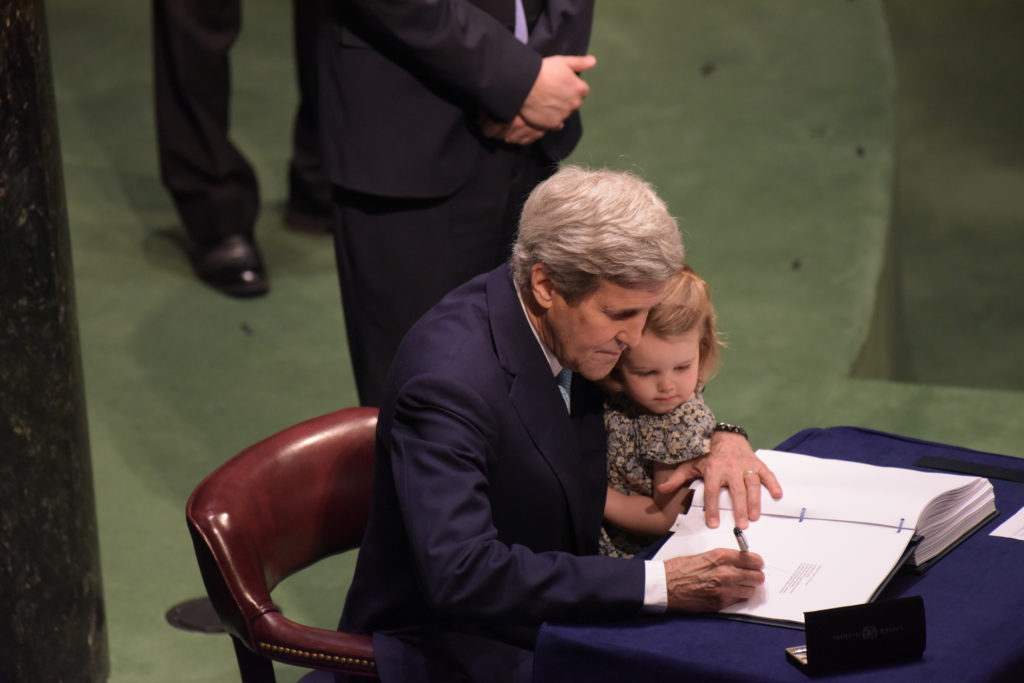
The U.S.’s John Kerry signs the Paris Agreement
The U.S. public response to administration policies was strong. On 29 April, thousands of people gathered in protest across the country in a new phenomenon of environmental protest.
According to a study by Yale University, Americans rank 33 in their environmental concerns relative to other nations. Eric Freyfogle, author of “A Good That Transcends,” explains that the U.S. environmental agenda suffers from American devotion to “the primacy of the individual and private property at the expense of any ideas that require collective endeavor”. Nevertheless, a survey by Pew Research Center in 2016 showed that 75% of Americans were concerned about helping the environment in their daily lives, but only 20% said that they make an effort “all the time.”
The value-action gap is well-illustrated in various industries including: discrepancy between attitudes and adoption of clean vehicles (Lane and Potter study), sales of sustainable dairy products, environmental and Fairtrade items.
Policies from the government, businesses, advocates, and pressure groups need to tackle these issues, not just provide more information or recycling facilities.
While Americans fail to act individually, they demand action collectively. The Pew survey (2016) shows that 74% of Americans stated that “the country should do whatever it takes to protect the environment” compared with 23% who said “the country has gone too far in its efforts to protect the environment.”
Few things unite us more than a common purpose or a common enemy. Standing against President Trump’s environmental stance encapsulates both and explains the recent worldwide outpouring of donations, surge in planned protests, and court challenges in support of the global green movement.
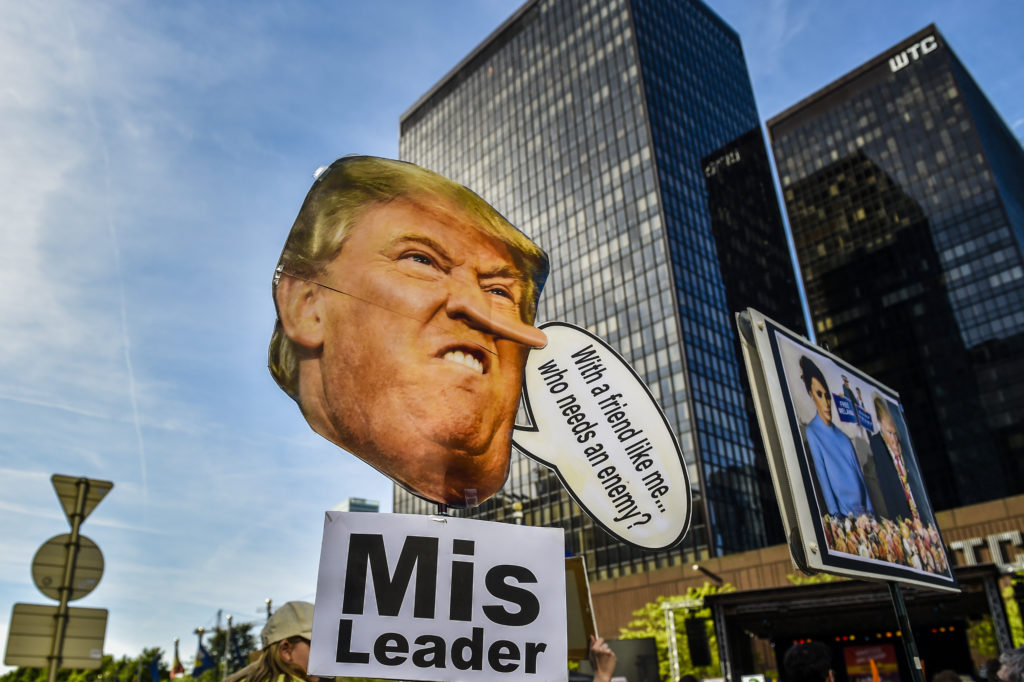
Michael Brune, executive director of the Sierra Club, claimed that it had 9,000 new donors in just 10 days after the 2016 presidential election, more than it had in its year to date. It is almost tempting to think of Trump as an “unintentional environmentalist” who intensified the green movement. Yet, the public has a short memory span.
Meanwhile, court cases are assuming a greater role. In a landmark action by 886 Dutch citizens in 2015, a judge ruled that the Dutch government’s stance on climate change was illegal and ordered it to cut greenhouse gas emissions by 25% within five years. In Belgium, 8, 000 citizens are preparing for a similar case, with others pointing to another possible lawsuit in Norway. Here in the U.S., in November 2016, a federal judge, Ann Aiken in Oregon, ruled against the government and allowed the case to proceed to trial. The case was brought by a non-profit group, Our Children’s Trust. It claims that the government isn’t doing enough to protect the planet’s future, violating their constitutional rights on the most basic level.
U.S. abdication from its recently acquired environmental leadership will leave a void in the public investment required to achieve sustainable development’s goals. It is hard to see who will provide the $2 billion pledge that the Obama Administration made to the Green Climate Fund, as a financial mechanism to help poor countries deal with climate change. China is expected by some to assume the environmental leadership role, but its climate advocacy is rooted in domestic priorities and lacks leadership qualities abroad.
At home in the U.S., the negative consequences are undeniable. Much progress is made through legislation, incentives, subsidies, and more. It remains to be seen to what extent these advances will be reversed by the federal government or preserved by state and local government. The effect won’t be immediate, especially in states with strong economies such as California.
Over the last decade, we have seen an unprecedented increase in international business’ influence and willingness for green leadership. It is almost bizarre to think that business leaders may assume the top positions on green issues. They are not elected and have no democratic base. What is more, the public is suspicious of businesses’ intentions considering their past behavior and objective of profit-making. Yet, realities on the ground suggest otherwise.
When Rachel Carson wrote her Silent Spring in 1962, she mobilized the public to force the government to better regulate business conduct. Today, we may witness the public getting help from businesses to confront their government to take a more progressive stand. The public may not have much power in shaping public policy but as yet it remains as the ultimate force, both as electorate and as a consumer. If we want to see transformation in our societies, “it is we human beings above all who need to change,” says Pope Francis’s 2015 environmental encyclical.
Dr. Pari Esfandiari is a commentator, journalist, and president at Pario Consultants. Lassi Noponen is chairman of Cleantech Invest, Finland.
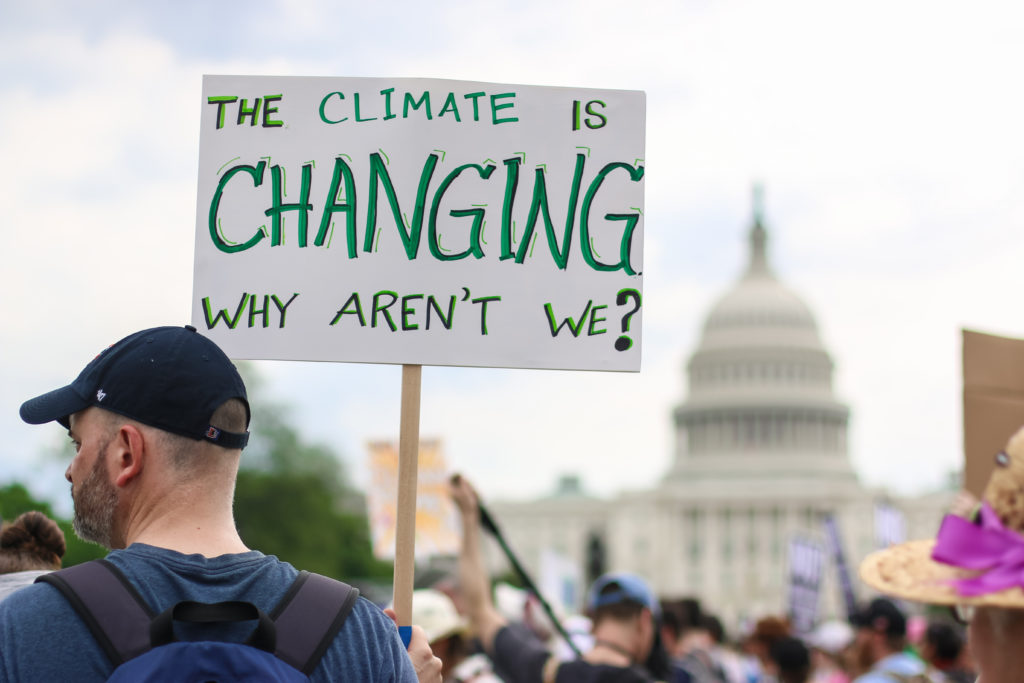
Editors’ notes: (1) DANTE does not tell people what to think. We urge people to think. DANTE is independent and is prepared to print all sides of the argument to encourage debate. Our own criterion is that the contributions should be both well-researched and well-argued.
(2) This article appeared in a different form in the August-September print edition of DANTE. It is being reprinted here as a taster of our work in print. It is also available on our phone app.
(3) Trump was ridiculed by some EU officials who said the U.S. could not withdraw and claimed that he did not realize the legal implications. The following day he withdrew and ridiculed them back. Subsequently, after this article went to press, the EU suggested that Trump was softening his stance, and the White House later completely denied any U-turn.







